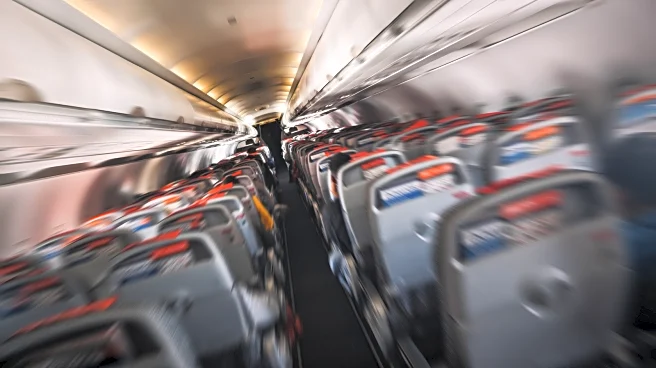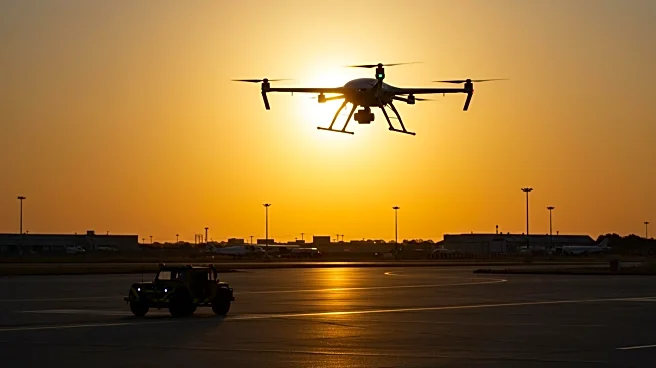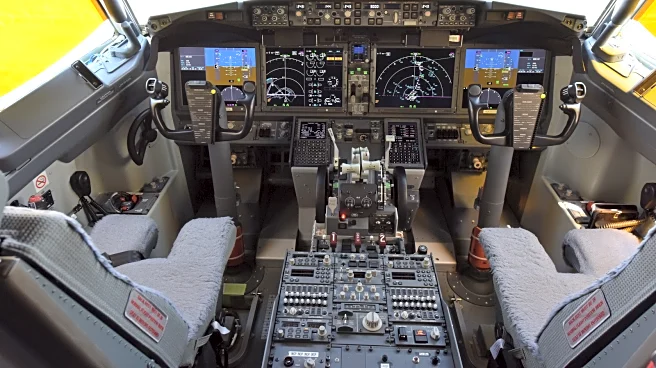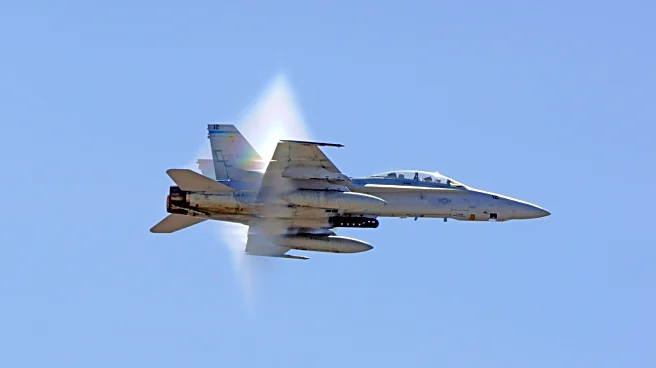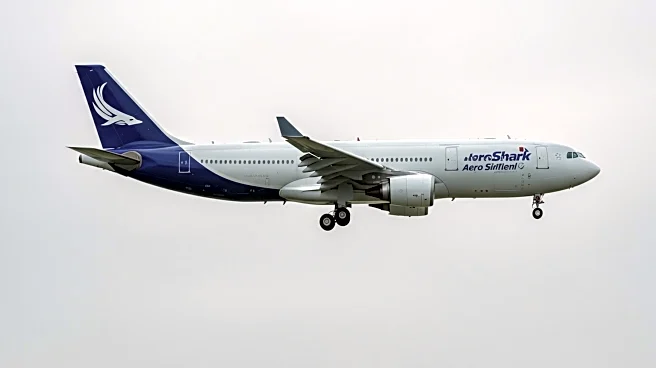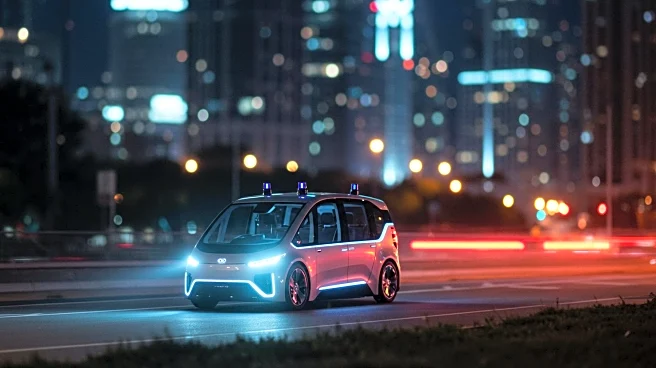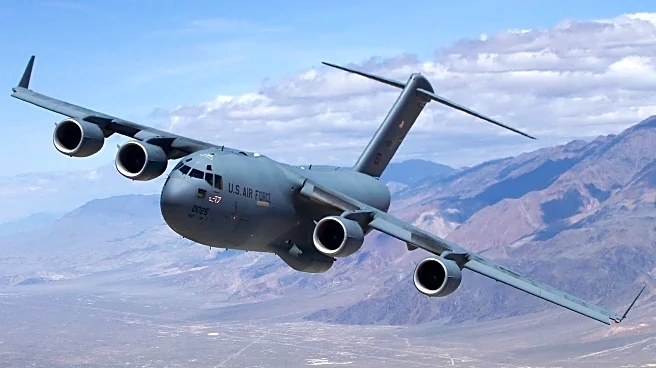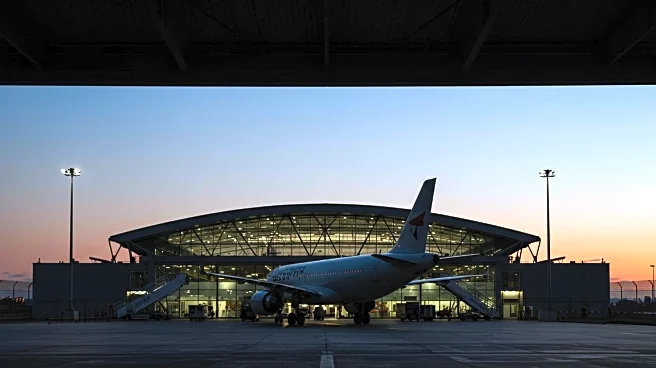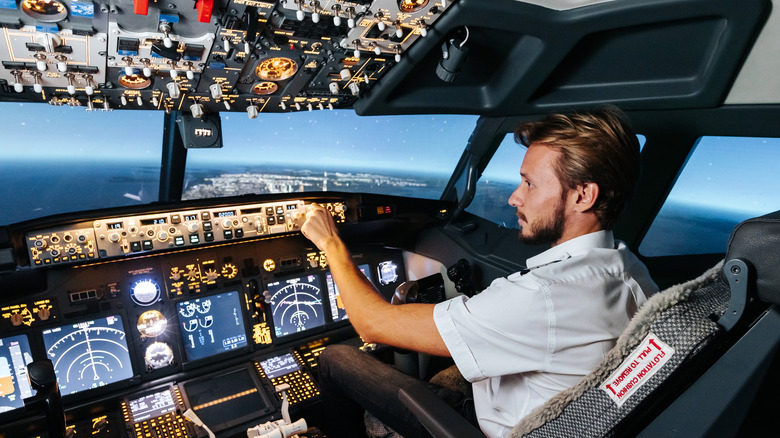
If the idea of a car that drives itself amazes you, then the degree of automation in modern aircraft should outright astound you. While we're still in the early ages of automobile automation, autopilot technology is much older than you'd expect, and today's planes often can (and do) fly themselves. In modern planes, autopilot is typically part of a larger setup called the Automatic Flight Control System (AFCS), which can also manage thrust and other flight controls.
There is a lot of variation in
these systems from one plane to another, but modern passenger jets typically have a high amount of automation. In every case, from older aircraft to the Boeing 747 and beyond, autopilot and Automatic Flight Control Systems are designed to lighten the workload of the pilot and co-pilot. In some planes, autopilot can be used to land the plane, but pilots usually take over and land the plane using their own skills to ensure precision and control during this critical point of the flight.
Read more: 10 Of The Fastest Civilian Helicopters, Ranked By Top Speed
Why Pilots Use Autopilot
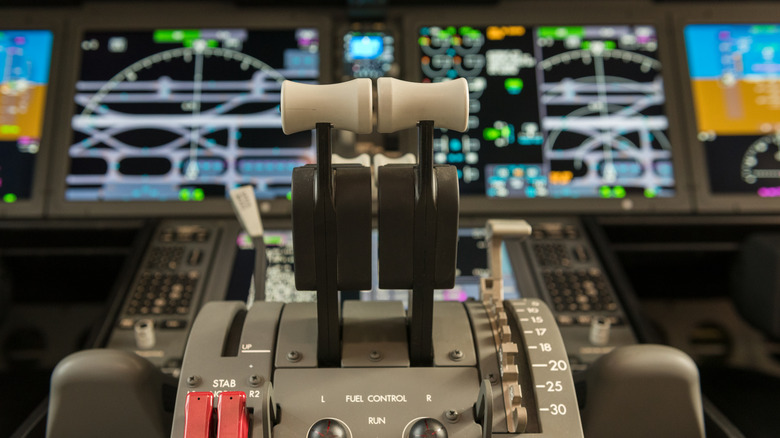
You may be thinking, isn't piloting the plane the pilot's job? You're right, of course, it is, but piloting, especially a large plane like a passenger jet, is much more complicated and mentally taxing than many people know. Pilots don't just fly the plane; they make hundreds of in-flight decisions, including tracking and maintaining altitude. They also communicate with air traffic control, monitor flight and safety systems, track the weather, and more. Autopilot reduces that workload by taking control of more routine tasks, such as airspeed and heading, allowing the pilot to focus on other aspects and stay clearheaded and alert. Tired pilots make mistakes, and autopilot helps pilots direct their energy where it is most needed.
Many autopilot systems also work hand-in-hand with other advanced systems to help provide real-time information about the plane's speed, position, and orientation in space. This allows pilots to make reasoned decisions when facing unexpected or changing conditions or even in-flight emergencies. There are many other reasons why a pilot may choose to turn on autopilot. The system often offers a more tranquil flight, making it more comfortable for passengers. Autopilot also helps with fuel efficiency by optimizing airspeed and altitude, which can increase the flight range.
Why Pilots Rarely Use Autoland
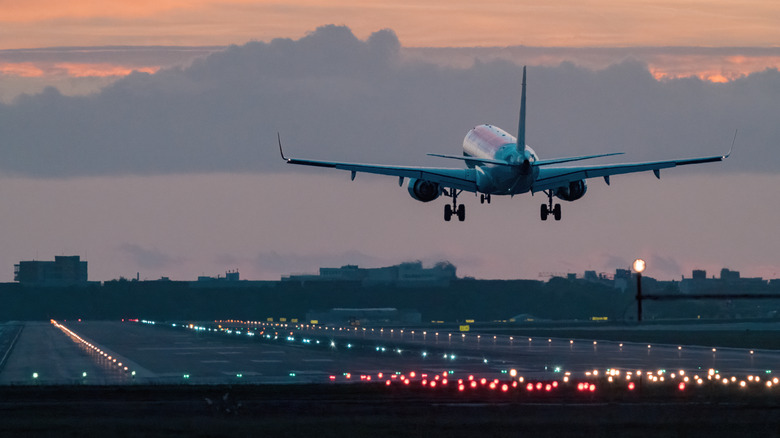
Autopilot is a tool that pilots should not and do not rely on for landing. In most cases, pilots disengage the autopilot prior to landing, but many commercial planes can land themselves using an autopilot feature called autoland. Unlike in your car, however, it's not as simple as pressing a button and sitting back. For one, not all airports support a plane's ability to autoland, as the plane requires infrastructure at the airport to assist with these landings. Additionally, not all commercial airplanes have the ability to autoland, though most new planes do. Planes that do have autoland capability may be limited in what that system can actually do, especially when landing under less than optimal conditions.
However, a pilot may use autoland when there is low visibility and the runway is difficult to see, but this requires a high degree of human monitoring, and pilots must be qualified in autolanding. Pilots also turn off autopilot during landing because it's such a critical point in the flight that requires precise skills. Pilots are encouraged to conduct manual landings, often in order to maintain those skills. Manual landing also allows pilots to react more quickly to changing conditions or an emergency.
Want the latest in tech and auto trends? Subscribe to our free newsletter for the latest headlines, expert guides, and how-to tips, one email at a time.
Read the original article on SlashGear.
